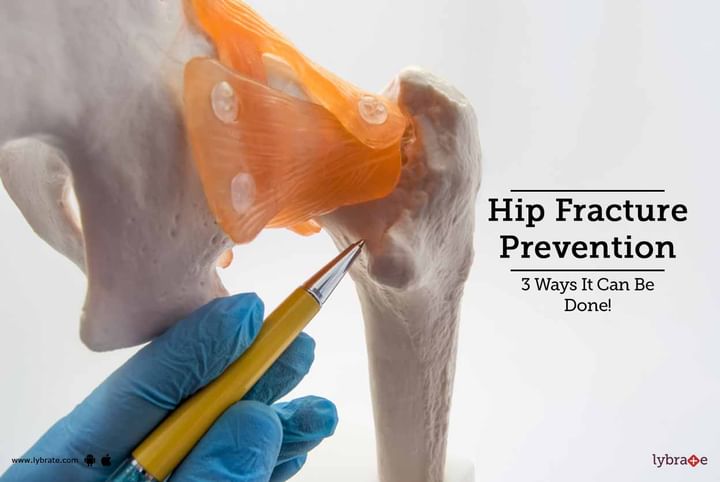Get the App
For Doctors
Login/Sign-up
Last Updated: Oct 23, 2019
BookMark
Report
Hip Fracture Prevention - 3 Ways It Can Be Done!
Dr. S.S.SoniOrthopedic Doctor • 24 Years Exp.Fellowship in Joint Replacement and Reconstruction, MS - Orthopedics, M.Ch - Orthopaedics
Old age or certain medical conditions may cause osteoporosis. In such conditions, one needs to be cautious as even the smallest of falls can cause fractures which may render the patient bed-ridden. Here are a few tips to how you can prevent hip fracture.
Read on to find out more about the prevention of hip fracture.
- Preventing falls: People over the age of 65 have a higher risk of falling due to various causes. To reduce such risks one should take the help of walking aids such as a walking stick. Avoid walking on slippery surfaces or wear rubber sandals and shoes to ensure that you do not slip on such a surface. One should also exercise regularly to maintain strength in the bones. Flexibility and fitness increase with exercise and thus decrease the chances of falling.
- Hip protectors: Hip protectors are used for lessening the impact of a fall. It is highly useful in case of older people for preventing hip fractures. Hip protectors are basically a device which uses padding and plastic material for shielding and absorbing impact and is attached to specially designed undergarments. The padding absorbs the shock and the plastic material diverts the shock away from vulnerable areas. Hip protectors in the past were sparsely used as they used to be highly uncomfortable and used to cause a major inconvenience. Modern hip protectors however have reduced the level of discomfort and also have newer features which provide ventilation, thus reducing sweating. Hip protectors are highly useful for old people who are admitted in care homes and who have a high risk of falling. It is of relatively less useful for people who are active.
- Frax tool: The world health organization (WHO) has developed a fracture assessment tool which calculates the risk of fracture of a person whose age is between 40 to 90 years. This tool takes into account the bone mineral density (BMD) and other factors such as age and sex to determine the chances of fracture depending on the current physical condition of your body.



+1.svg)
